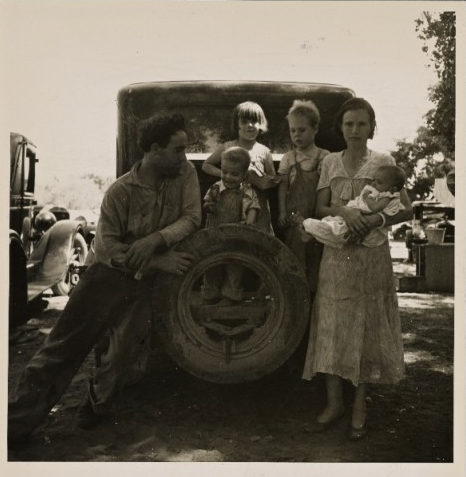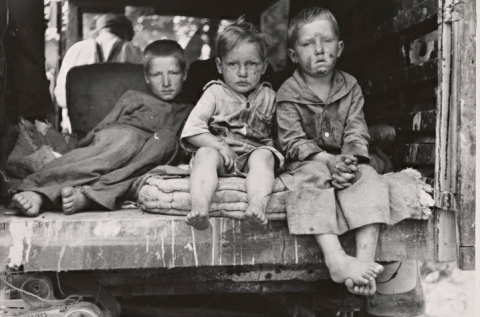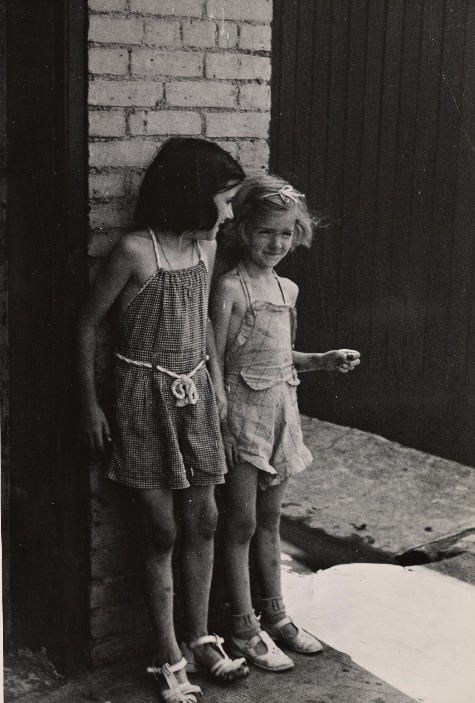During the Great Depression, the Farm Security Administration took on the task of “introducing America to Americans” through photography. The FSA hired Dorothea Lange, Walker Evans, Gordon Parks and other artists to capture images of ordinary Americans, specifically poor farmers.
Some of the images are now iconic, notably Lange’s image of a destitute migrant mother of seven. That image and most others are cataloged in the collections of the Library of Congress, but some languished and were forgotten. Others ended up in general circulation, so that, in theory, anyone with a library card could check out an original print.
Recently a photography curator with the New York Public Library tracked down the missing images—some 1,000 of them—and created a special online archive where they can finally be seen.
Many depict rural life: A 91-year-old woman sits in front of her North Carolina cabin. A worker takes a break from carving a dirt road into the New Mexico landscape. A black man in black face prepares to perform in a traveling medicine show. The children of migrant fruit pickers in Michigan sit forlornly on a truck.
But not all the photographs document the plight of rural America. Some of the collection’s most powerful images are of Americans struggling in cities. Here two young girls play outside in a Baltimore slum. Three people sit outdoors on a Sunday in New Orleans. And then we capture a scene on the Lower East Side of New York City.
Not surprisingly Dorothea Lange’s work is among the strongest in this collection. One of the most powerful images comes several pages into her work’s archive, so be sure to click through. The story behind “From Texas tenant farmer to California fruit tramp” (the first image above) sums up the era: “1927 made $7000 in cotton. 1928 broke even. 1929 went in the hole. 1930 went in still deeper. 1931 lost everything. 1932 hit the road.”
Kate Rix is an Oakland-based writer. See more of her work at .





Leave a Reply